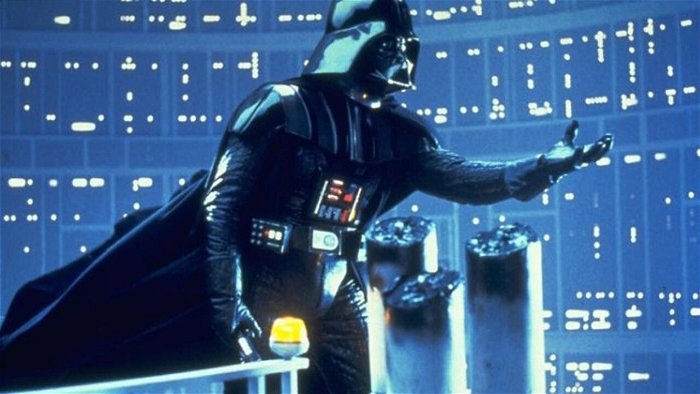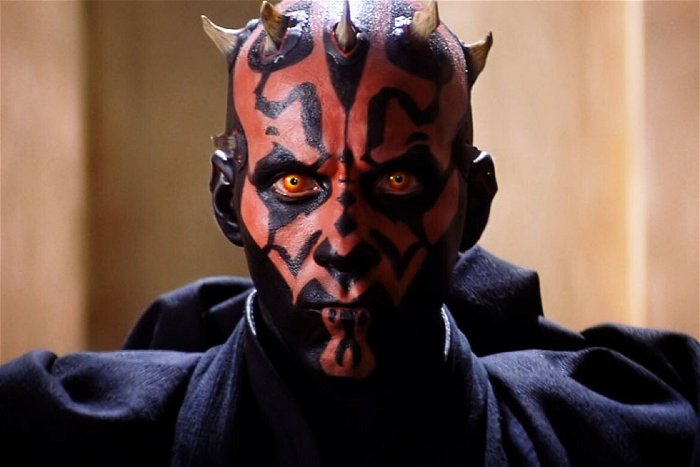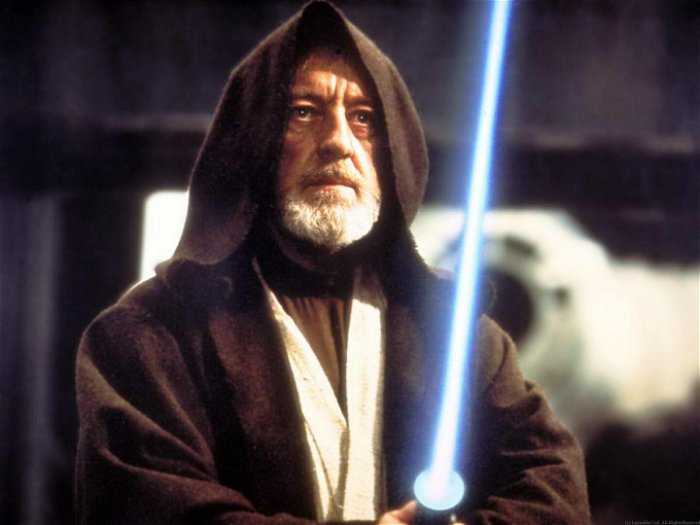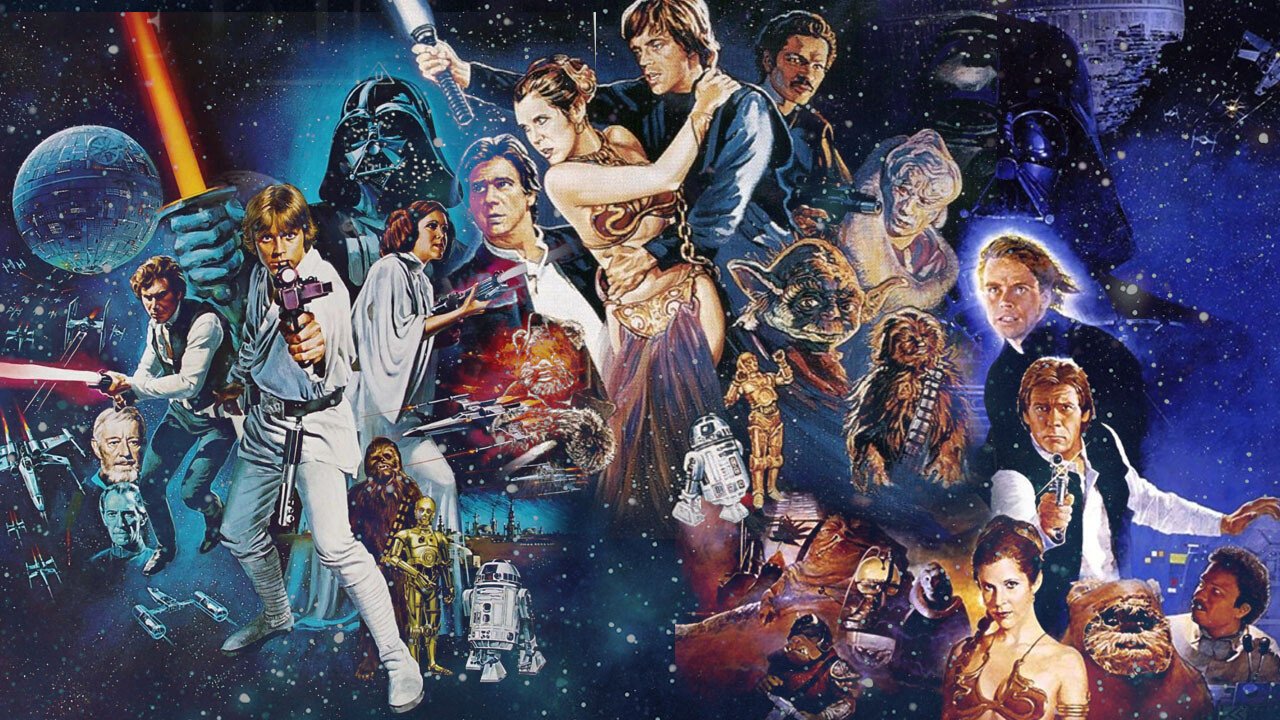With the great fanfare and excitement surrounding Star Wars: The Force Awakens, it’s easy to forget just how much of a risk the original 1977 Star Wars film was. Believe it or not, George Lucas’ sci-fi epic wasn’t always the biggest intellectual property in the world.
Back before the mid-1970s Hollywood was a completely different beast than it is today. The blockbuster action, sci-fi, and comic book movies that we seem to get almost every month now are actually a much more recent phenomenon. Steven Spielberg’s Jaws, which came out in 1975, is credited as being the first film that ushered in the era of the “blockbuster”- movies with huge budgets that gross millions, if not billions of dollars at the box office. Jaws was the highest-grossing film of all time, surpassing The Godfather, but that record only lasted for two years until Star Wars smashed the box office, raking in over $775 million worldwide during its theatrical run, an unprecedented feat at the time.

American Graffiti and Beyond
Certain elements of the history of Star Wars are often disputed, but Lucas has stated several times that he initially wanted to make his own Flash Gordon film before coming up with the idea for Star Wars. After completing his first feature film in 1971 – THX 1138 – he had his first idea for a space fantasy film, but it was just that at the time, a small idea. At the Cannes Film Festival in May following the completion of THX 1138, Lucas was granted a two-film development deal with United Artists for American Graffiti and an untitled Flash Gordon-esque sci-fi film. Before he even started working on American Graffiti, Lucas was heavily focused on acquiring the rights for Flash Gordon, but he failed.
The Godfather director Francis Ford Coppola, who accompanied Lucas in buying the rights, recounted in 1999, “[George] was very depressed because he had just come back, and they wouldn’t sell him Flash Gordon. And he says, ‘Well, I’ll just invent my own.'” That he did.


After completing American Graffiti Lucas spent a prodigious amount of time writing what he called back then, “The Star Wars”, and trying to sell it to several film studios. United Artists, Universal Pictures, and even Walt Disney Productions (which now owns Star Wars) all passed on his idea, calling it a bit too weird. He was encouraged to make films with more consequential themes, like his very own American Graffiti. Lucas said, “I’ve always been an outsider to Hollywood types. They think I do weirdo films.” Finally, in June of 1973, 20th Century Fox agreed to finance Lucas’ film with a deal that only gave him around $150,000 for both writing and directing.
Lucas cast several unknown actors including the three main leads Mark Hamill, Harrison Ford, and Carrie Fisher, who hadn’t done much work before Star Wars. The project became so demanding at one point that Lucas was diagnosed with hypertension and exhaustion and was warned to reduce his stress levels. The film was originally slated for release on Christmas of 1976 but was delayed due to a slew of issues, including going over budget and issues surrounding the film’s editing. It was then finally screened to executives at 20th
The Rise of Star Wars
Century Fox and a few notable directors including Brian De Palma and Steven Spielberg. Spielberg claimed to have been the only director to actually enjoy the film considering it lacked most of the special effects.

Many people thought that Star Wars was going to be a huge failure, but it clearly exceeded everyone’s expectations, and permanently impacted Hollywood and generations of people in the process.
Then came one of the greatest sequels of all time in 1980 with The Empire Strikes Back. With this film Lucas hoped to go completely independent from the Hollywood film industry, instead opting to invest The Empire Strikes Back himself using loans and some of the money that the previous film had made. Since Lucas decided to take on a number of production roles he chose not to direct the sequel. He offered the job to director Irvin Kershner who was one of Lucas’ professors at the USC School of Cinematic Arts. Lucas also hired both Leigh Brackett (The Long Goodbye, Rio Bravo) and Lawrence Kasdan (Raiders of the Lost Ark) to write the screenplay based on his original story. By late November 1977 Lucas and Brackett produced a handwritten treatment of The Empire Strikes Back , which was similar to the final release of the film except that Darth Vader was originally never supposed to be Luke’s father. Instead, Luke’s father appears as a ghost to help him.

Within just three months,, The Empire Strikes Back made enough money for Lucas to recover his $33 million investment. The film turned out to be yet another commercial success. Three years later, Return of the Jedi, the final film in the original Star Wars trilogy, came out. The Empire Strikes Back ended on a cliffhanger and people had to patiently wait for the next chapter for three years, which is something most films rarely do nowadays. Return of the Jedi was directed by Richard Marquand, with the screenplay written by both Kasdan and Lucas. As with The Empire Strikes Back, Lucas personally financed the third entry and initially approached David Lynch (The Elephant Man, Mullholland Drive) to direct it, but Lynch declined the offer in order to helm Dune, another little-known sci-fi film.
The New Star Wars Generation
While Return of the Jedi is largely regarded as the weakest film in the original trilogy, what with the annoying little Ewoks and the awful way bounty hunter Boba Fett is defeated, it was still a massive critical and commercial success. Lucas would then go on to re-release the original trilogy and write the story and scripts for the upcoming prequel trilogy from 1983 until the mid 1990s, when production on The Phantom Menace finally began. This is where things start to get sour for Star Wars.
The entire world was excited to see a new Star Wars film for the first time in 16 years, and the creator himself George Lucas was going to direct the movie. Then it came, and shocked everyone with just how awful it was. The Phantom Menace lacked the magic, great acting, set design, practical effects, and interesting storytelling of the original three movies. Attack of the Clones and The Revenge of the Sith, the fifth and sixth films in the Star Wars saga, were equally as bad. The concept of what Lucas was going for still sounds fascinating – a look at how an innocent kid who is prophesized to become the greatest Jedi who has ever lived, goes on to become one of the greatest Sith who has ever lived instead. It’s tragic, but Lucas wasn’t able to execute his grand plan.


In 2005, after The Revenge of the Sith released, no one thought that Star Wars would return to the silver screen again with a new entry. The prequels seemed to have ruined whatever great legacy Lucas was able to build in 1977. But in 2012 the same company (Disney) that initially passed on the idea for the original Star Wars film bought Lucasfilm, and the rights to Star Wars, for over $4 billion. The company plans on releasing Star Wars movies on a yearly basis now.
With the great reviews that The Force Awakens has been garnering, it’s safe to say that director J.J. Abrams and the entire cast and crew that worked on the film managed to pull off the impossible. Star Wars is indeed back folks, and better than ever.




